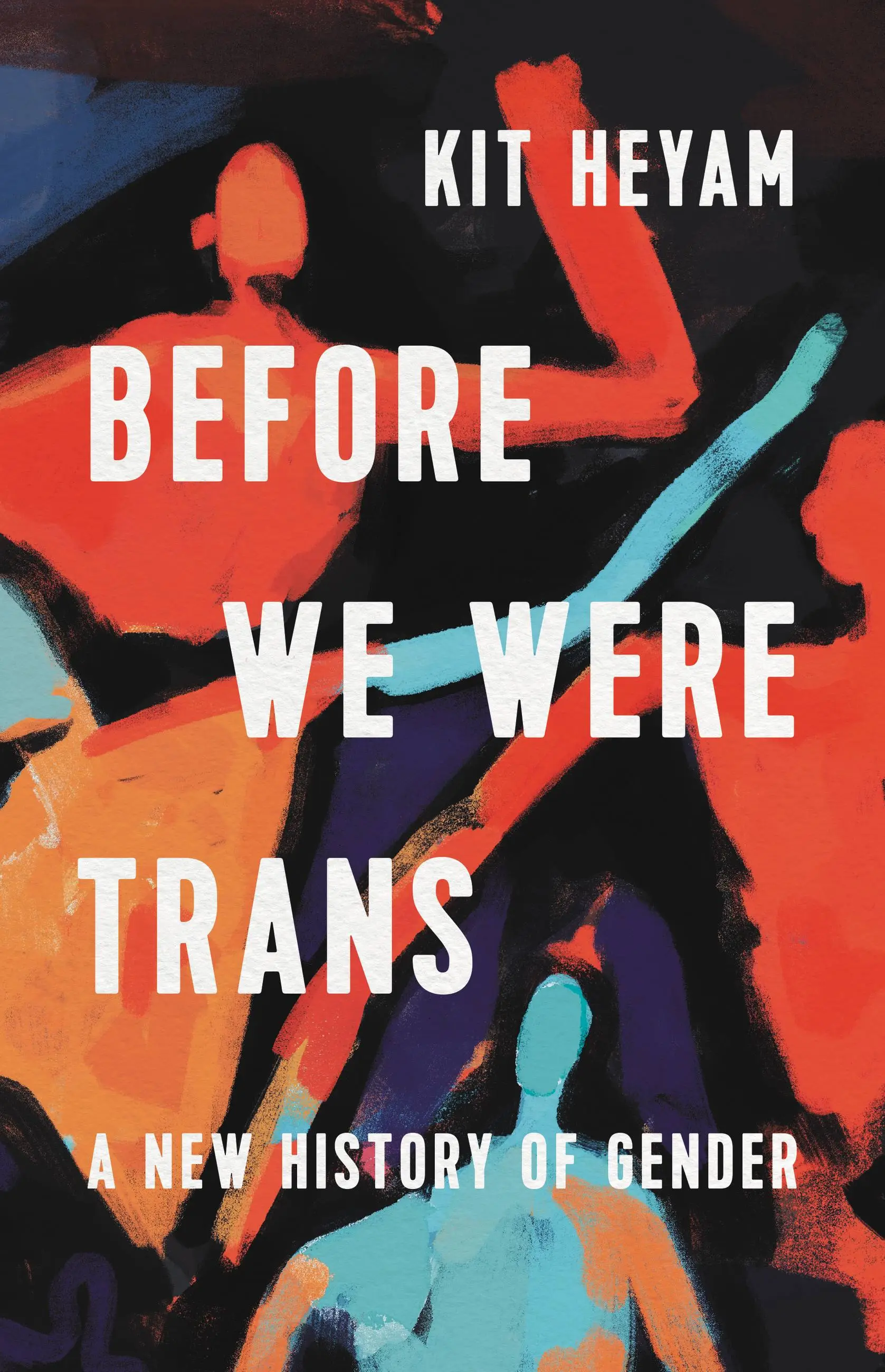Sometimes amateurish politicians say the quiet part out loud. So it was in April 2023 with Florida state Representative Webster Barnaby. Speaking in favor of anti-trans legislation, he told his chamber that trans people make him feel “like I’m watching an X-Men movie…. It’s like we have mutants living among us.” Besides dramatically missing the point of the X-Men, Barnaby displayed a common misconception: the idea that trans people are something new.
As the historian Kit Heyam reminds us, “Genders other than male and female have always existed,” even as far back as ancient Sumer. Some things about us really are new: The word “transgender” was likely coined in 1965. Specific regimes of medical treatment, like the estradiol valerate I inject every two weeks, are just decades old. Even newer is the phenomenon in which so many American young people choose “they/them” or other, less familiar nonbinary pronouns. But these new medical and social practices belie the long historical and cross-cultural span of other-than-binary, other-than-cisgender, more-or-less-trans existence. To borrow a phrase from the photographer, writer, and activist Samra Habib, “We have always been here”—or, at least, people somewhat like us have always been here.
That’s the point that resonates throughout Heyam’s fast-moving study Before We Were Trans. In it, Heyam offers proof that across many places and periods, people have lived outside of—or by violating—modern Western gender norms. “Anti-trans campaigners,” Heyam writes, claim that “trans people are new, and that means they’re not real.” Heyam shows that the campaigners are twice wrong: Unless you define us both narrowly and tendentiously, trans people are not new at all. The 18th-century Chevalier d’Eon, who lived part of his or her life as a woman; the British “‘female soldiers’ or ‘female sailors’” whose “recognition and treatment as men was often dependent on passing” as cigsender men; and the Samoan fa’afafine and fa’afatama (traditional third and fourth genders) are not trans in just the same way that I am trans, and yet their lives give evidence for mine. As Heyam writes, “It matters, for people who have been persistently told we have no history, when we find historical figures who feel like us.” Also, Heyam notes, “Many trans histories are inextricable from histories of other experiences”: If we attend to those experiences “from a place of care for people in the past,” we will find precedents for our lives today.
